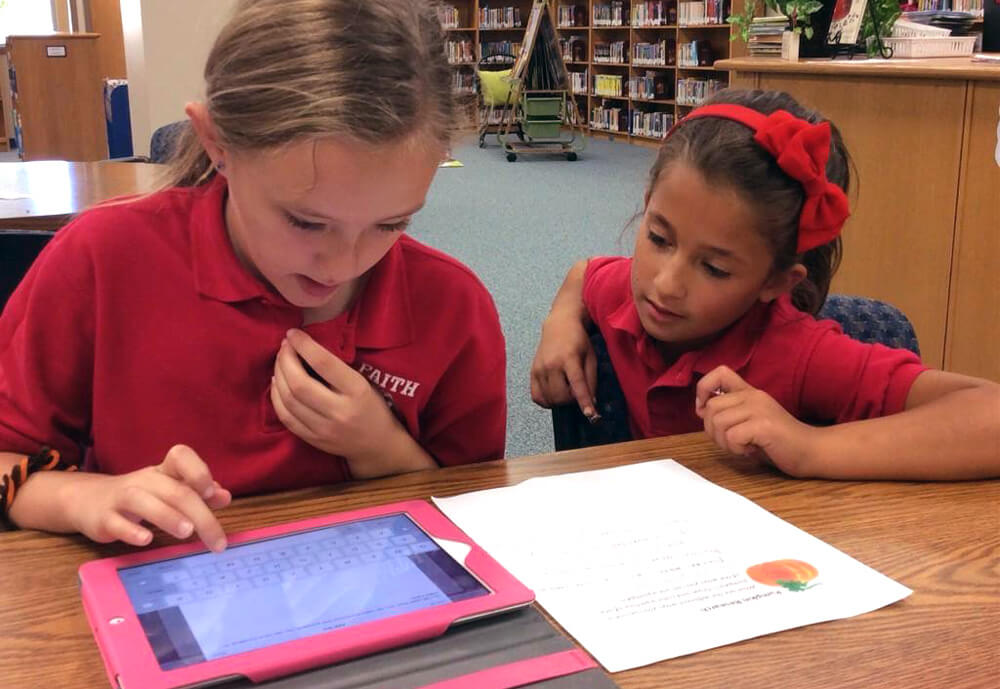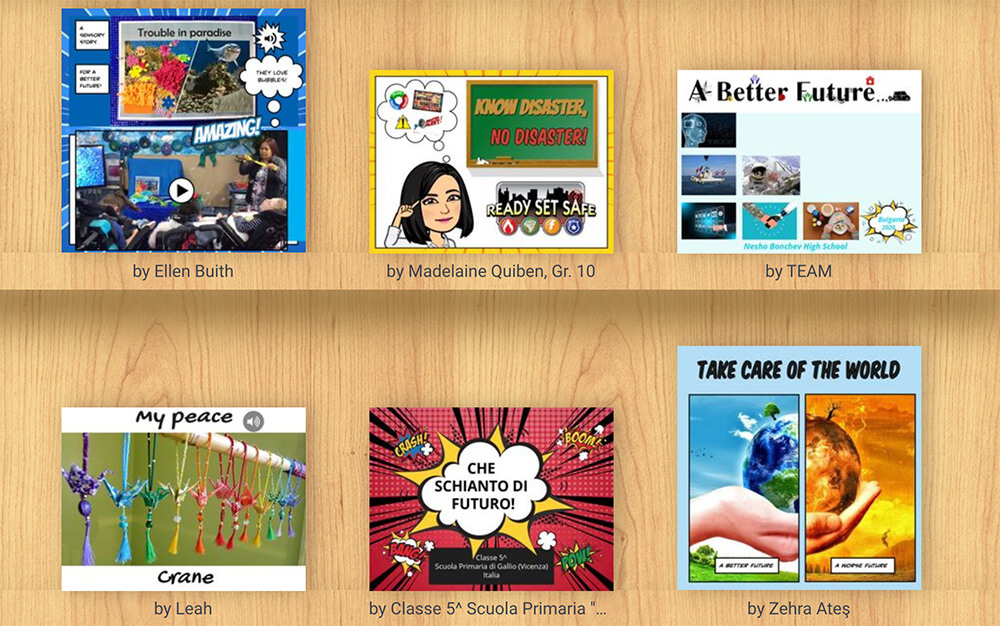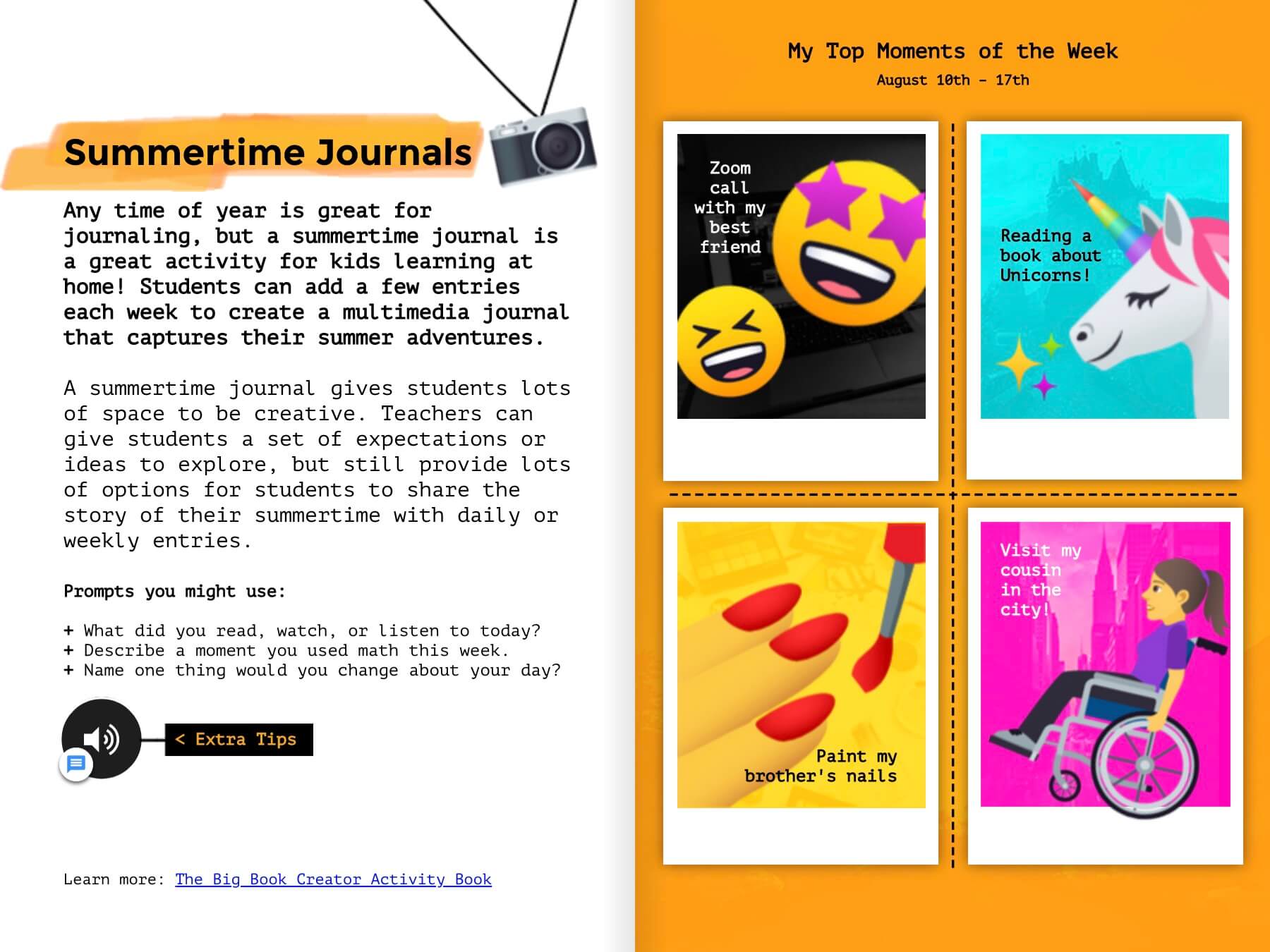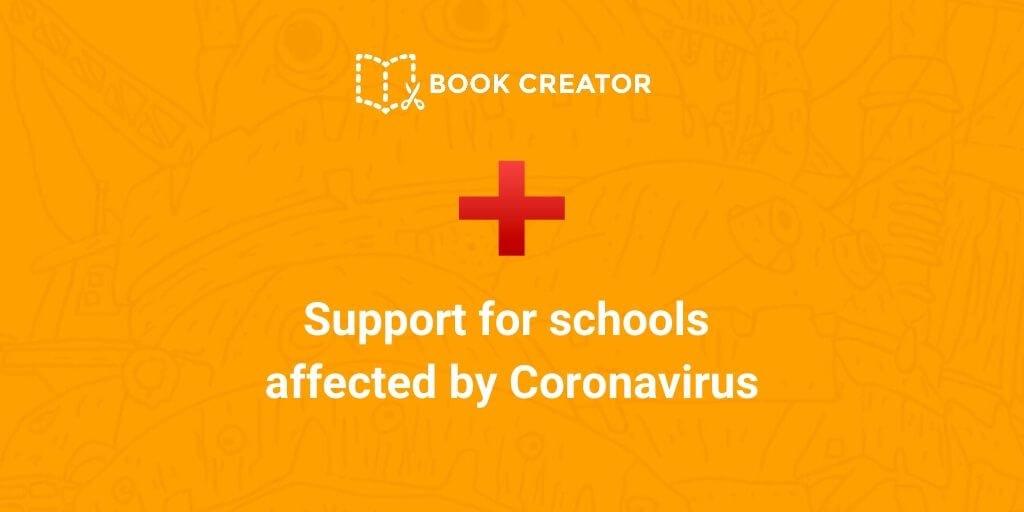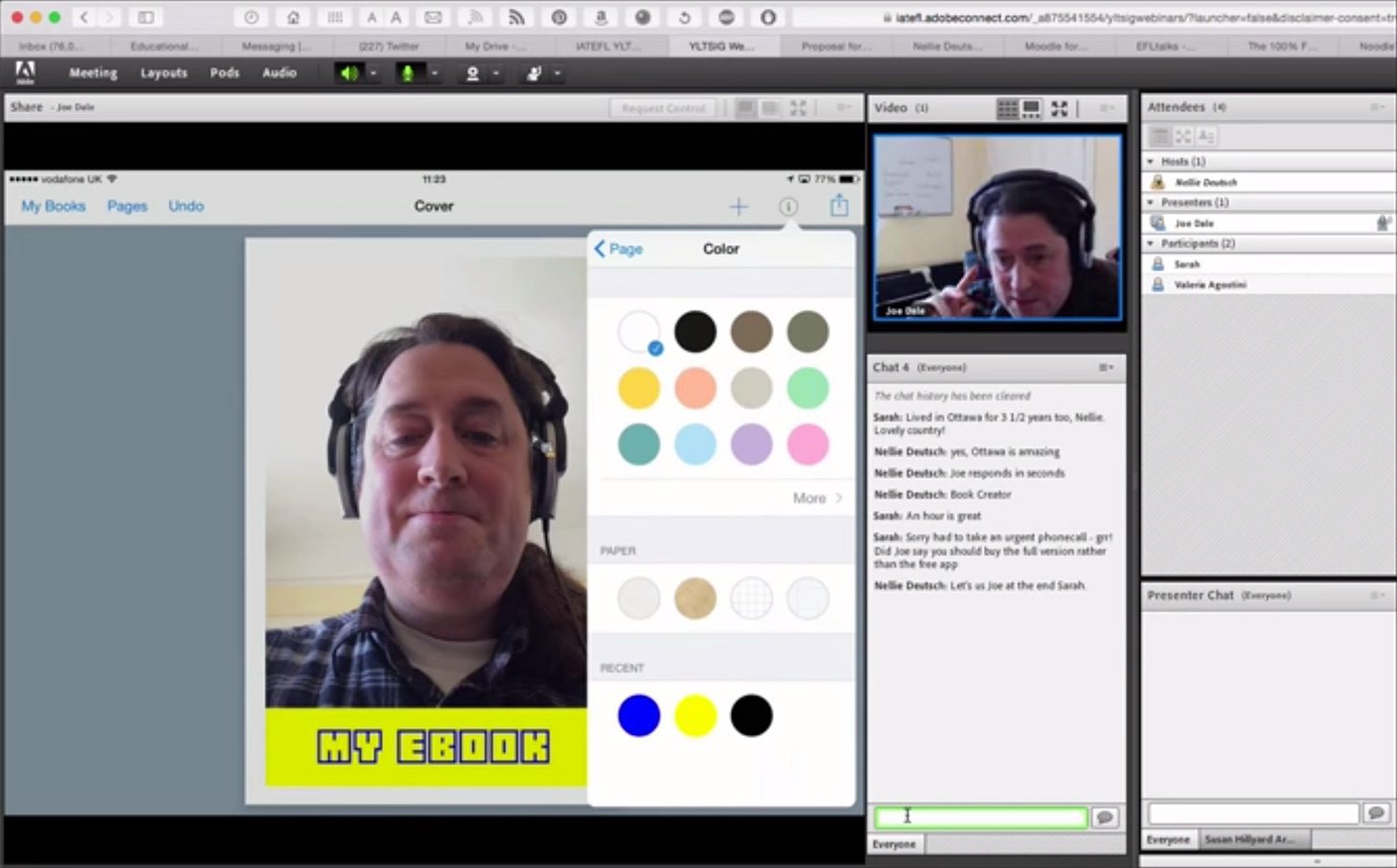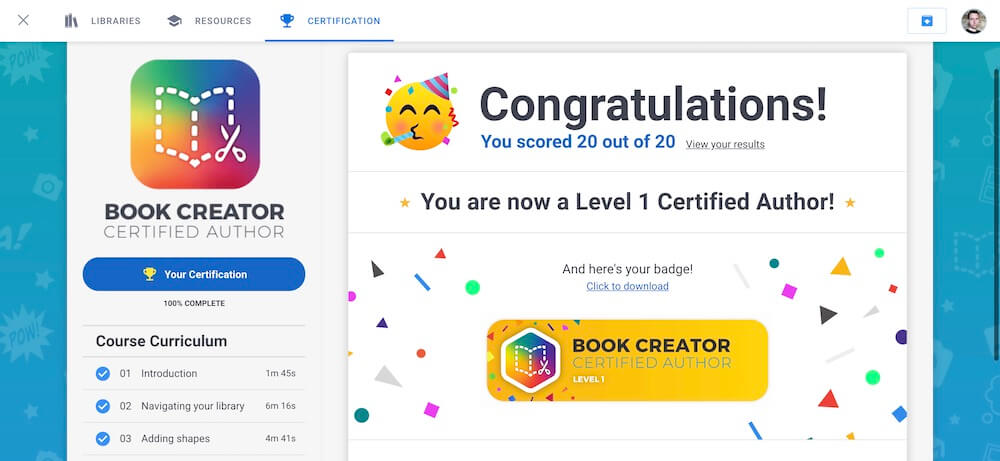A look at how Book Creator can help enable students to document the 5 steps of the design thinking process.
When employing Design Thinking in the classroom, documenting each step in the process presents a challenge to teachers as well as students. However, the multimedia capabilities of Book Creator offer up a robust solution to this problem.
First, with Book Creator, students can use a variety of media to document their work. Next, teachers can create multimedia templates to guide and scaffold their students through the Design Thinking process. Finally, completed design books can be published in a number of ways, allowing students to showcase not only their completed work but their thinking along the way.
Documenting Design Thinking
With Book Creator, students can type, draw, take photos, shoot video, and even record audio directly into their books. Because this app provides so many technical affordances, students can focus on the design thinking process instead of choosing a tool to capture the process. Using the Stanford d.School design thinking process as a framework (illustrated below), consider the ways in which Book Creator can support students.
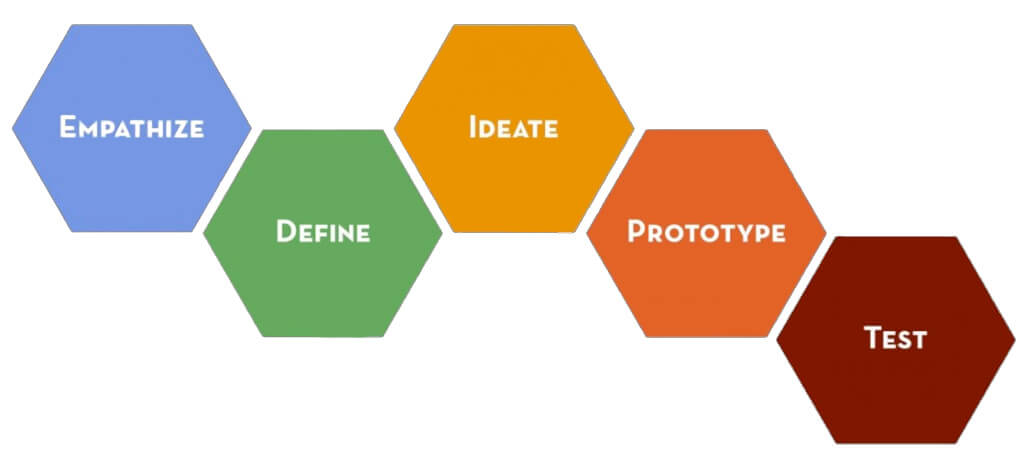
Empathize & Define
When students engage in empathy, they often interview the potential recipients of their design to better define the underlying problem. In addition to typing or hand-writing their notes during this step, students can use the audio recording feature to capture the conversation. The example below illustrates that a student might make observations based on an empathy map while simultaneously recording audio.
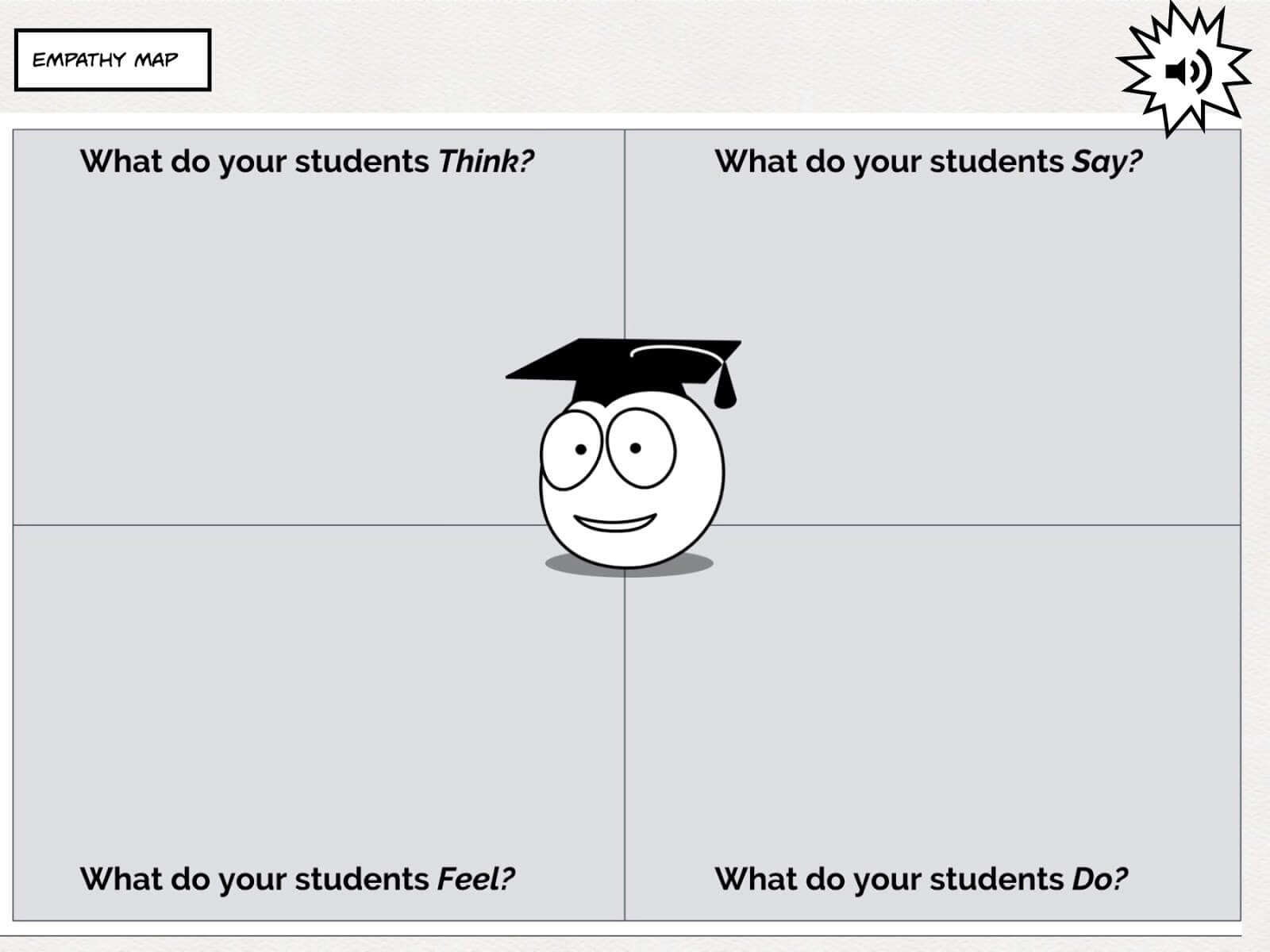
Ideate
During this stage, students want to generate as many ideas as possible. Book Creator allows them to use textboxes, shapes, or even “thought bubbles” to type and arrange their ideas. Since students can also insert anything from their photos, they might even decide to use a mind mapping app such as Popplet to brainstorm and then insert their diagram into their book.

However, Book Creator also allows students to capture physical artefacts through photos and video. Students might choose to use sticky notes, paper, or even whiteboards to do their brainstorming, and then capture those artefacts by shooting a photo or video directly into their book. Whether students insert photos or draw directly on the page, they might even record a quick audio reflection to summarize their ideas.
Prototype & Test
Book Creator 4.0 included the ability to work with comic book layouts. Students can choose from any number of panel layouts, or even create their own custom layouts, and then quickly arrange photos on a page.
Consider the potential for using panels to document steps in the construction of a prototype. Students could take pictures directly into the panels and then label them with stickers, text boxes, or handwriting. Similarly, they could capture images or video of the testing of their designs and then record feedback as audio, video, images, or text.
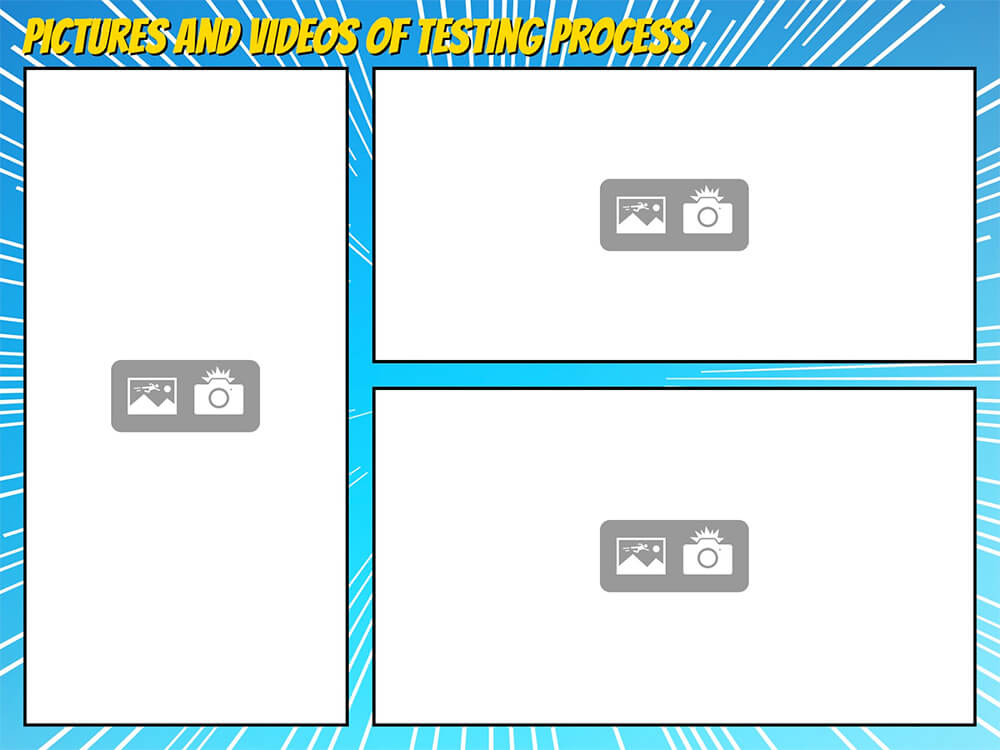
Scaffolding Design Thinking
The collaborative capabilities of Book Creator even allows teachers to create multimedia templates to guide their students. Instead of asking students to design a product as well as their own guide book, teachers can build a design book complete with audio instructions, graphic organizers such as an empathy map, or even visible thinking routines to guide reflection.
The new play button in Book Creator even allows students to have the text on a page read to them. Whether working with early readers, students who may need directions repeated as part of an accommodation, or those who benefit from hearing their own writing to self-correct, this feature helps all learners to become more independent.
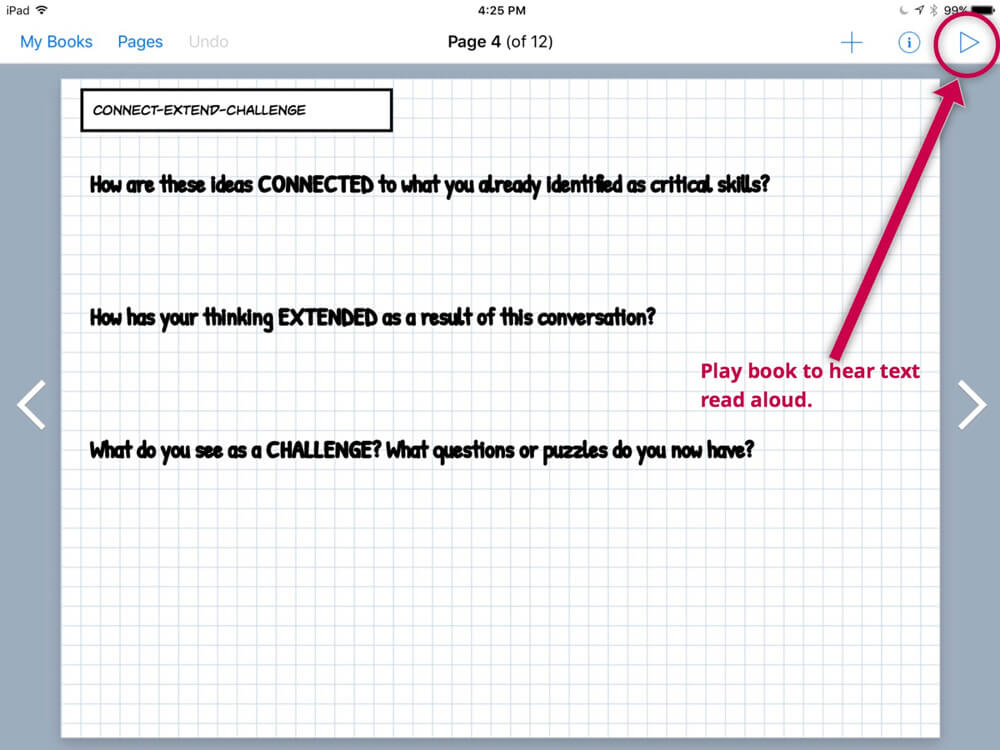
Sharing the Design Thinking Process
Completed Book Creator books can be exported and shared as multimedia eBooks, printable PDF files, or published videos. Whether students include a shortened link to a PDF stored in Google Drive or a QR code to a video published to YouTube, they can now showcase both their final design as well as the process behind its conception.
Beyond these options, in the coming weeks, Book Creator will also launch its own publishing platform to provide students with the opportunity to share their creations as interactive books with audio, video, hyperlinks, and more.
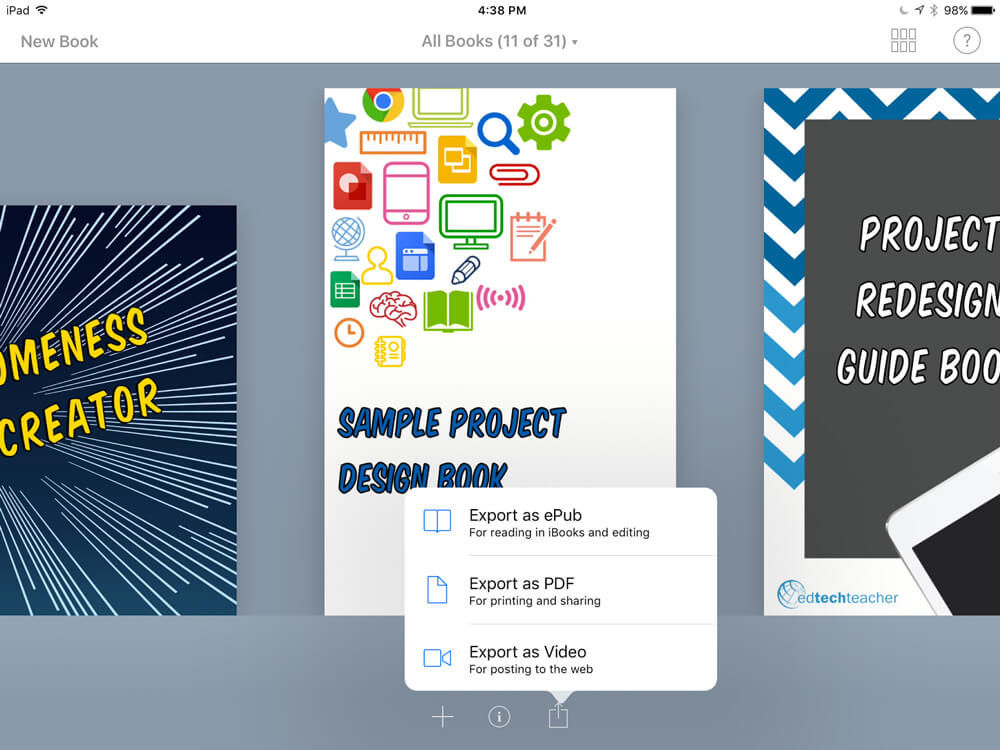
The Design Thinking process encourages students to engage in deep inquiry, critically think about the problem that they hope to solve, and provide evidence to support their decisions. Book Creator offers a fantastic solution for documenting each step along the way.
This blog post originally appeared on the EdTechTeacher website.
Dr. Beth Holland is a vastly experienced educator, writer, researcher, and international presenter. She’s also a Book Creator Ambassador!


